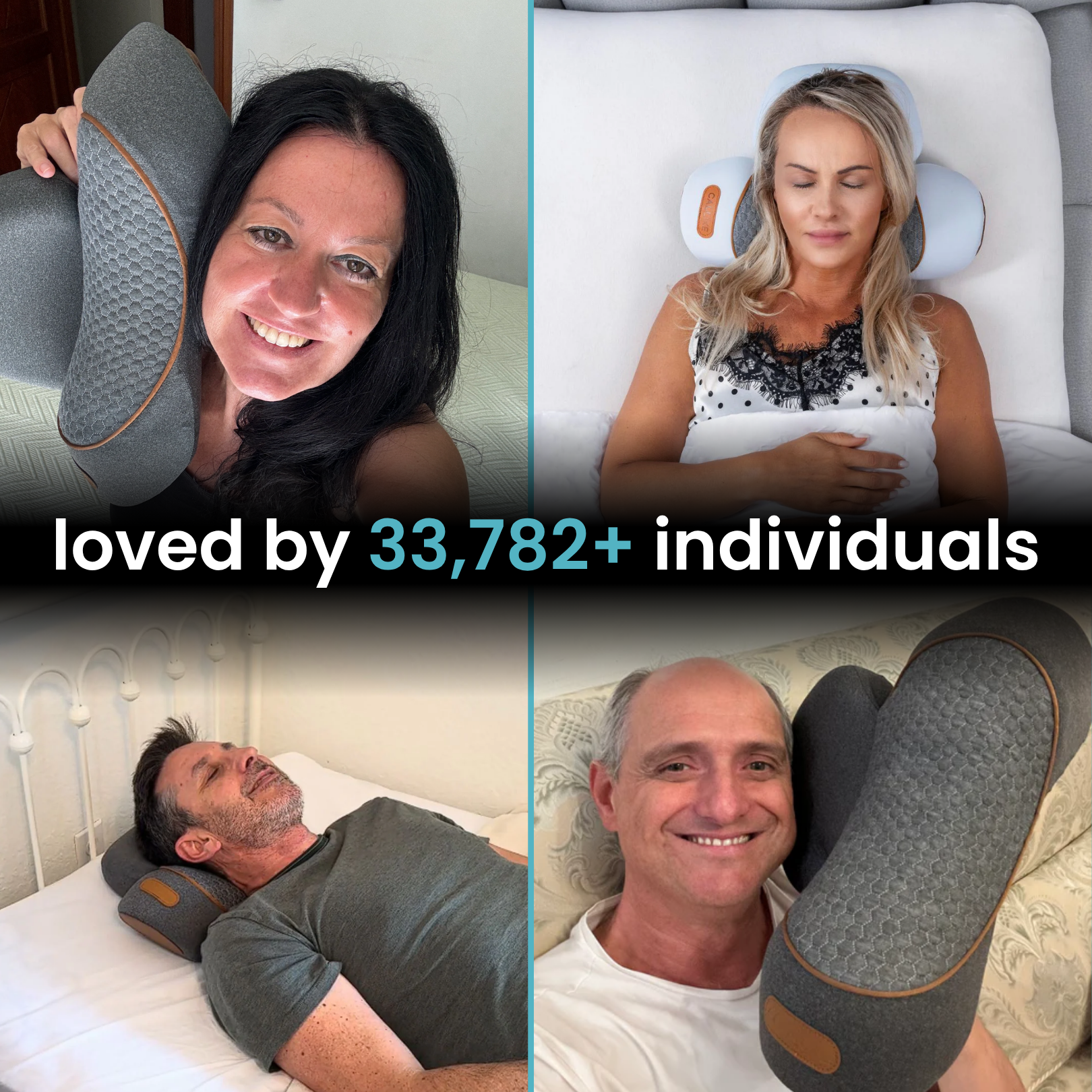
Ayurvedic Treatment for Neck Hump: Traditional and Modern Integration 2025
Table of Contents
- Introduction
- Understanding Neck Hump
- The Ayurvedic Perspective
- Traditional Ayurvedic Treatments
- Modern Medical Approaches
- Integration of Traditional and Modern Methods
- Innovations and Future Trends in 2025
- Lifestyle Modifications
- Preventive Strategies
- Challenges and Limitations
- Conclusion
Introduction
Neck hump, commonly referred to as Dowager’s Hump or Forward Head Posture, is a condition characterized by an abnormal accumulation of tissue or curvature at the base of the neck. It can significantly affect both health and aesthetics, leading to discomfort, restricted movement, and self-consciousness. As we step into 2025, exploring integrated approaches that combine traditional Ayurvedic wisdom with modern medical advancements offers promising solutions for managing and reversing neck hump effectively.
Understanding Neck Hump
Causes and Contributing Factors
The development of neck hump is influenced by several factors:
- Poor Posture: Prolonged slouching and forward head positions during daily activities
- Sedentary Lifestyle: Lack of movement weakens supporting muscles
- Muscle Imbalance: Disparities between anterior and posterior neck muscles
- Aging and Degenerative Changes: Natural wear and tear of spinal structures
- Underlying Medical Conditions: Conditions like osteoporosis or spinal abnormalities
Symptoms and Diagnosis
Symptoms include a noticeable hump at the back of the neck, neck stiffness, pain, headaches, and sometimes nerve issues if severe. Diagnosis often involves physical examination, posture assessment, and imaging techniques like X-rays or MRIs.
Conventional Treatment Options
Modern treatments typically involve physiotherapy, chiropractic adjustments, posture correction devices, and in some cases, surgical intervention for severe cases.
The Ayurvedic Perspective
Ayurvedic View of Postural Weakness and Body Imbalance
Ayurveda perceives neck hump as a manifestation of deeper systemic imbalance, where vitiation of the doshas leads to tissue accumulation and postural deviation. Emphasizing holistic healing, Ayurveda aims to restore harmony in the body.
Dosha Imbalance Associated with Neck Hump
- Kapha Dominance and Tissue Accumulation: Excessive Kapha can cause sluggishness, tissue buildup, and structural congestion, contributing to hump formation.
- Vata Imbalance and Postural Misalignments: Imbalanced Vata can lead to instability and misalignments in spinal and muscular structures.
Ayurvedic Theories on Resistance and Reversal
Ayurveda suggests that correcting the underlying dosha imbalance through natural therapies, lifestyle changes, and herbal interventions can not only alleviate symptoms but potentially reverse the condition over time.
Traditional Ayurvedic Treatments
Herbal Medications and Formulations
- Muscle-Strengthening Herbs: Ashwagandha, Bala, and Gokshura help strengthen supportive muscles and tissues.
- Anti-inflammatory and Pain-Relieving Herbs: Turmeric and Guduchi reduce inflammation and promote healing.
Panchakarma Therapy
- Abhyanga (Oil Massage): Regular oil massages improve circulation and relax muscles.
- Swedana (Steam Therapy): Steam helps eliminate toxins and reduce inflammation.
- Basti (Enema Therapy): Supports detoxification and balances Vata dosha.
Yogic and Pranayama Practices
- Specific Postures for Neck Alignment: Gentle yoga poses like Bhujangasana (Cobra pose) strengthen back muscles.
- Breathing Exercises: Pranayama increases body awareness and relaxes tense muscles, aiding postural correction.
Dietary Recommendations
- Anti-inflammatory Foods: Incorporate turmeric, ginger, leafy greens, and nuts to reduce inflammation.
- Posture-Enhancing Nutrition: Ensure sufficient calcium, vitamin D, and protein for bone and tissue health.
Modern Medical Approaches
Physiotherapy and Postural Exercises
Targeted physiotherapy improves muscle strength, flexibility, and posture alignment through specialized exercises.
Chiropractic and Osteopathic Interventions
Manual adjustments realign the spine, easing pain and restoring posture.
Surgical Options
In critical cases, surgical correction may be considered, though it is generally a last resort.
Technological Advances
Utilization of MRI scans, 3D posture scanning, and digital diagnostics enhances precise assessment and personalized treatment planning.
Integration of Traditional and Modern Methods
Combining Ayurvedic therapies with modern treatments creates comprehensive care. Case studies from 2025 demonstrate improved outcomes when these approaches work synergistically, tailored to individual needs for optimal results.
Case Studies Highlighting Successful Integration
Patients combining herbal treatments, yoga, physiotherapy, and technological diagnostics show significant improvement in posture correction and symptom relief.
Customized Treatment Plans in 2025
Personalized protocols now incorporate Ayurvedic herbs, lifestyle advice, and advanced medical strategies for holistic healing.
Innovations and Future Trends in 2025
Use of AI and Wearable Devices for Posture Monitoring
AI-powered wearables provide real-time feedback, promoting consistent posture correction and early detection of deviations.
Ayurvedic Herb Developments and Personalized Medicine
Advances in herbal formulations and genetic-based treatments offer tailored therapies for individual constitution types.
Telehealth and Virtual Therapy Sessions
Remote consultations enable convenient, ongoing support, integrating Ayurveda and modern medicine seamlessly.
Lifestyle Modifications
- Ergonomic Workspace Design: Proper desk height, supportive chairs, and screen positioning prevent hunching.
- Regular Movement and Stretching: Short frequent breaks and neck stretches maintain flexibility.
- Maintaining Mindfulness and Postural Awareness: Meditation and conscious posture practices reinforce body awareness.
Preventive Strategies
- Early Posture Correction Techniques: Implementing corrective exercises at the first signs of misalignment
- Educational Campaigns: Raising awareness in schools and workplaces about ergonomics and posture health
- Role of Regular Ayurvedic Consultations: Ongoing holistic assessments to maintain postural health
Challenges and Limitations
Despite promising advancements, challenges include standardization of Ayurvedic treatments, limited scientific validation, and accessibility barriers. Integrating these approaches into mainstream healthcare requires ongoing research and acceptance.
Conclusion
Combining Ayurvedic wisdom with modern medical innovations creates a powerful, personalized approach to managing neck hump in 2025. This integrated model emphasizes holistic healing, early intervention, and lifestyle adjustments, promising more effective outcomes. Continued research and patient-centered care are essential for advancing treatment options and improving quality of life.
Check out this amazing product: FisioRest Pro™ - 3-in-1 Cervical Therapy System.

